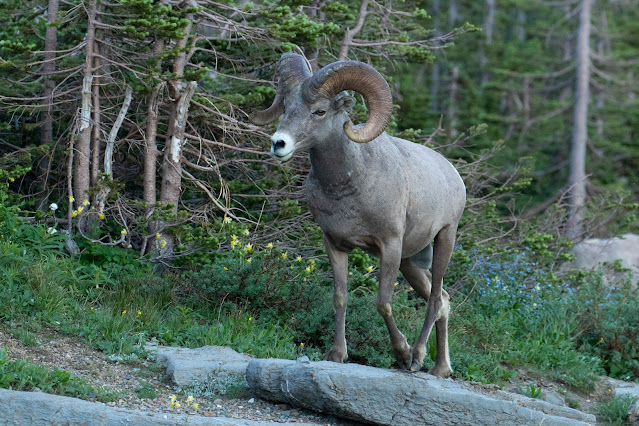It's Not a Zoo, You Know (14 images)
My nephew uses that phrase when a birding trip does not produce the results he and his family were hoping for. But they are all good at making the best of WHATEVER nature gave them that day. I had to keep that in mind yesterday when I drove over 2.5 hours (each way) to Marble Canyon to capture images of soaring California Condors.
I did in fact spot ten of those amazing birds. But there was no soaring. Warmer, breezier air would have lured them to the skies. But the still conditions of the day saw them perching on Navajo Bridge. So that is what I shot. Now I'll take this opportunity to share some information about them.
For the record, they are still magnificent birds, sporting the largest wingspans in North America, sometimes reaching almost ten feet. Weighing in at almost 26 pounds, only Tundra Swans weigh more. Because of their size and wing shape, they do little flapping, preferring to catch rising thermals to help them soar. And soar they do, reaching speeds up to 56 miles per hour at altitudes of up to 15,000 feet! This allows them to cover great distances very quickly, which they are known to do. It's not uncommon for them to fly over 150 miles in search of food.
These scavengers are black, with distinctive white patches on the underside of their wings. Immature condors have black or dark gray beaks. As they reach maturity (6 to 8 years), their beaks will become pink or yellow-orange. Their bare heads help them stay clean while feeding on carcasses.
California Condors almost became extinct in the 1980's. All 27 wild birds were captured and became a part of several very successful program to assist their resurgence. There are now well over 500 condors in breeding programs and in the wild. One challenge to repopulation is that they only lay one egg every two years. In the wild, if they escape death by pesticides, poisoning by lead bullets, or more natural predators, they can reach a ripe old age of 60 years. On the other hand, scientists have discovered that female condors exhibit parthenogenesis, the rare ability to produce eggs without males! Eggs take two moths to hatch. Chicks fledge in five to six months and stay in the nest for over a year.
Virtually all California Condors will sport distinctive wing tags and radios transmitters, which allows wildlife officials to study their behaviors and movements. Some also wear GPS monitors. The website www.condorspotter.com provides these details about the birds I saw yesterday:
-Y is still a juvenile at 3.75 years, and has 17 siblings. Father is 85, mother is 497. Female. Note dark beak.
19 is nearing 12 years of age and has 17 siblings. Father is 83, mother is 96. Male.
8Y is over 3.5 years, with 23 siblings. Father is 53, mother is 34. Male.
N6 is over 9.5 years old and has 52 biological siblings. Father is 25, mother is 45. Male.
P4 is over 8.5 years, with 28 siblings. Father is 46, mother is 11. Female.
P5 is over 8.5 years, with 38 siblings. Father is 27, mother is 139. Male.
P8 is over 8.5 years, with 14 siblings. Father is 348, mother is 155. Female.
V7 is5.5 years old, with 3 siblings. Father is 143, mother is 241. Male.
X0 is over 4.5 years, with 30 siblings. Father is 73, mother is 8437. Male.
X1 is over 4.5 years, with 20 siblings. Father is 580, mother is 84. Female.
X3 is a young 4.5 years, with 15 siblings. Father is 91, mother is 49. Male. Still has a dark beak.

















Comments